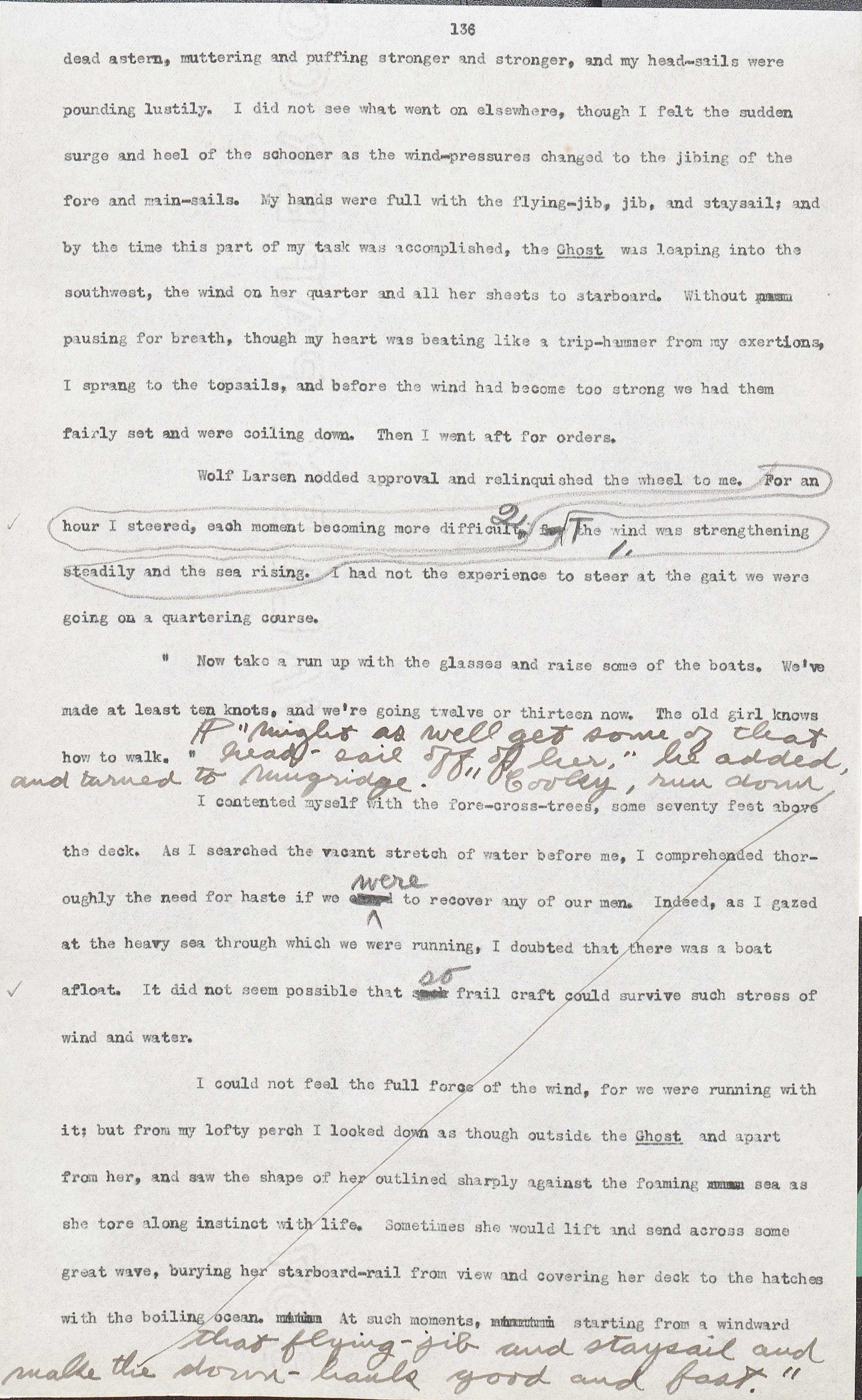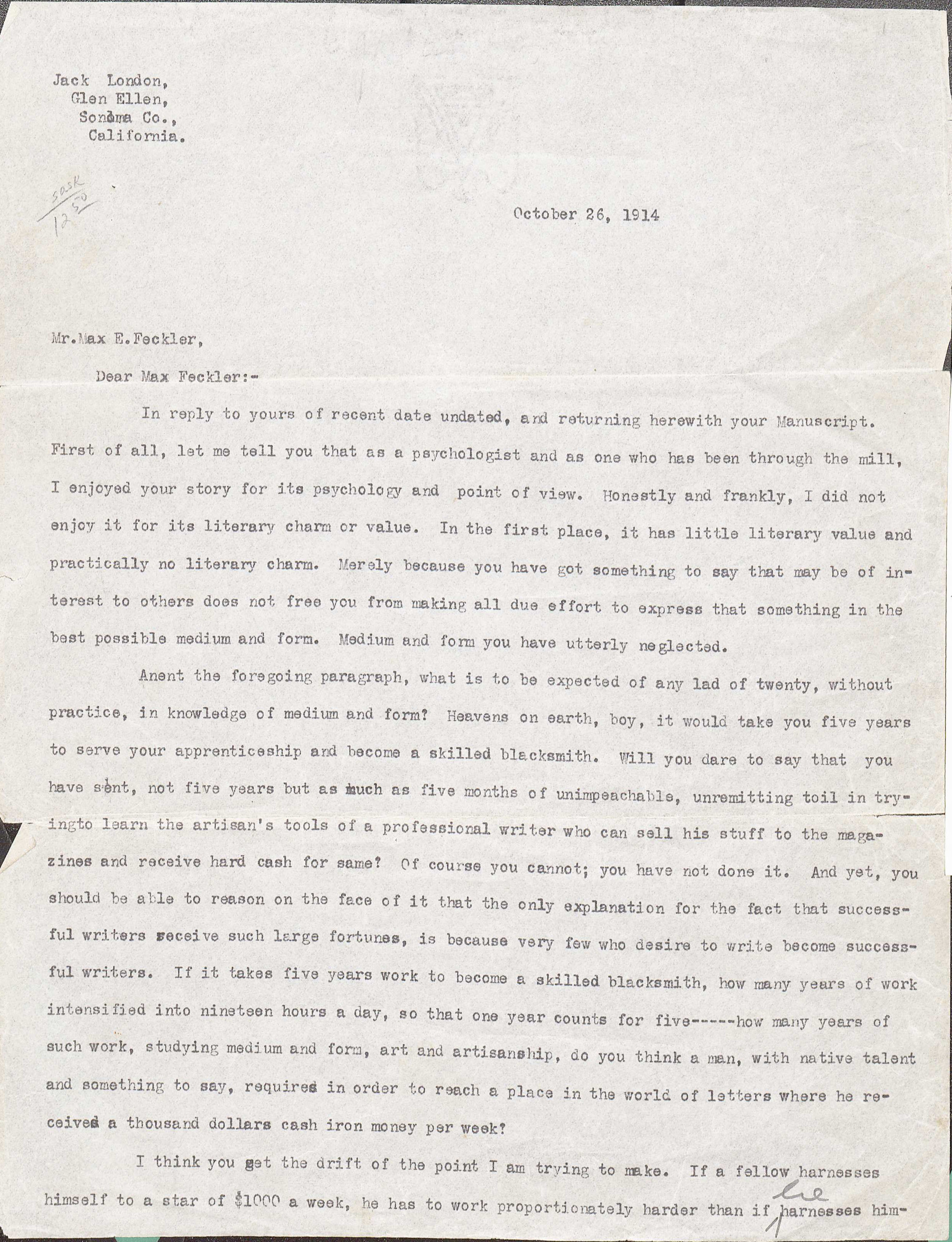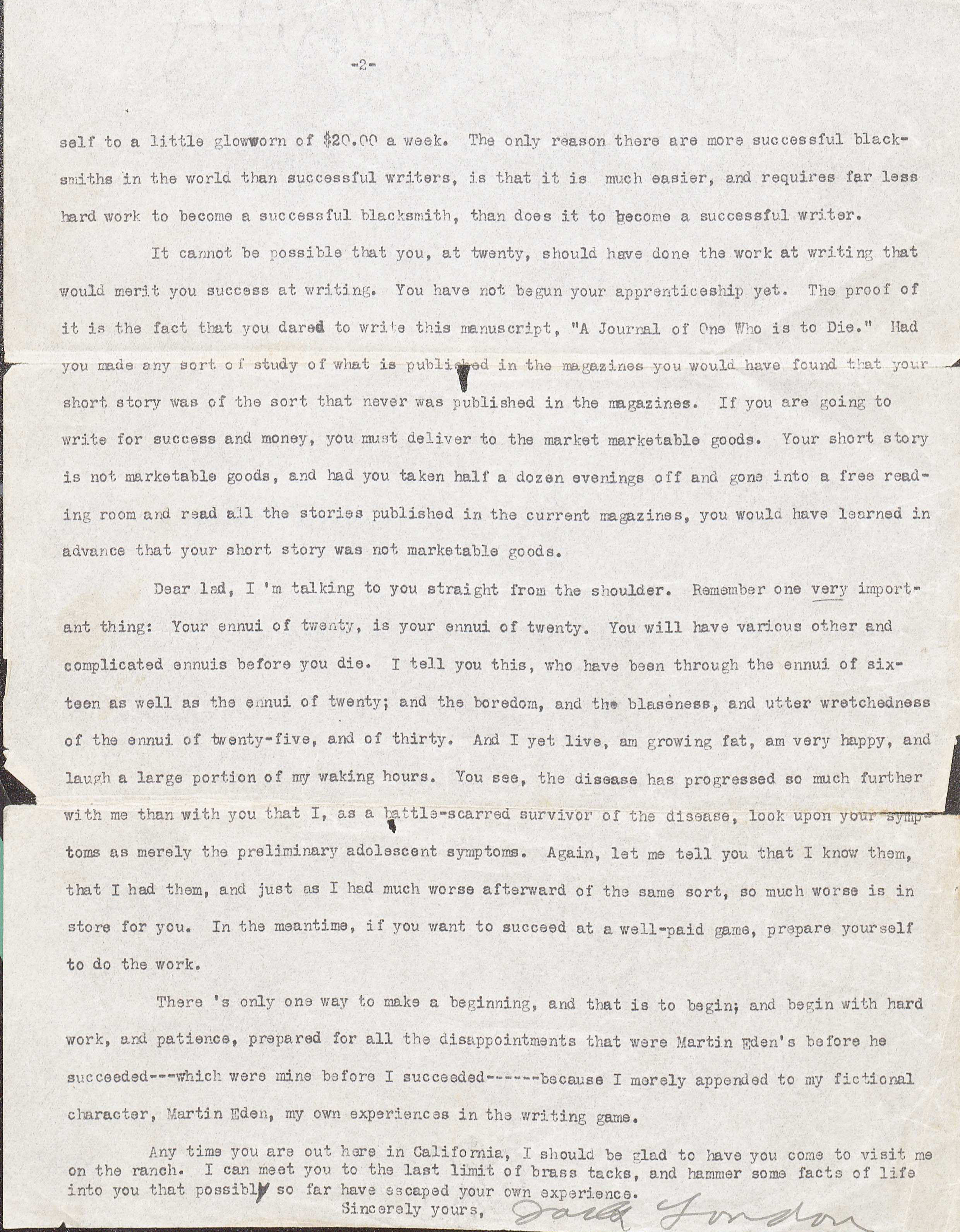Professor Mark Ilsemann recently brought his class, German 3590: Special Topics–Fairy Tales, to Special Collections to see materials related to the European fairy-tale tradition. He asked if we could “give my students an idea about early collections of tales and the formation of ‘fairy tale’ as a genre; teach them about the importance/style of illustrations and other forms of book art; show them how fairy tale collections were ‘framed’ by their respective authors (through frontispieces, opening remarks, etc.); and to demonstrate to students the importance of the book object and of working with historical artifacts.”
Oh yeah, we could do that. Little did he know the extent of the riches at our disposal.
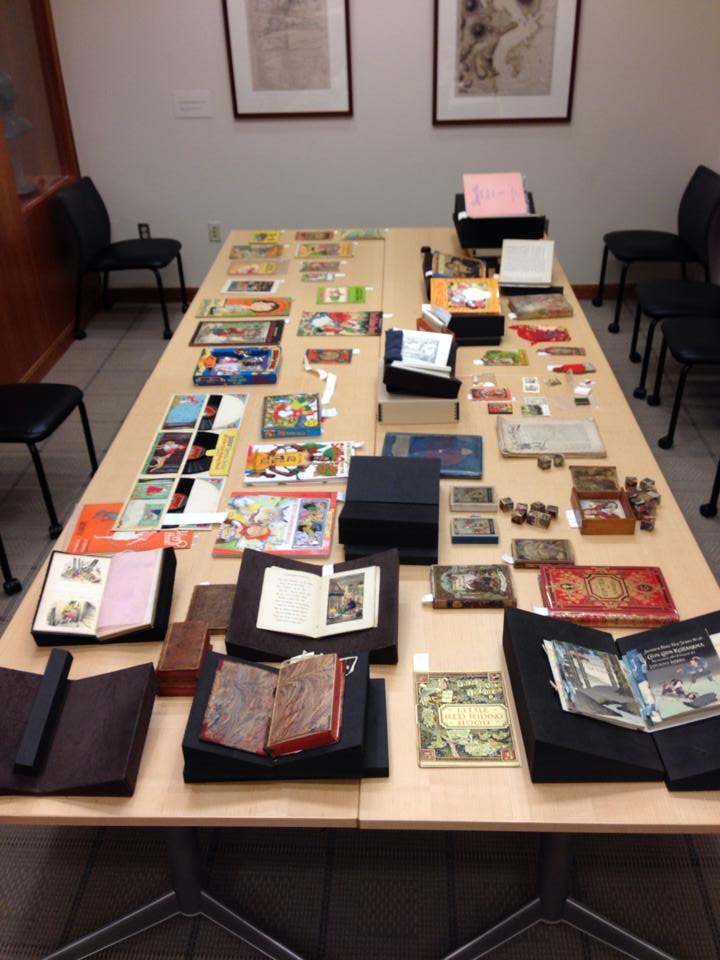
A selection of fairy tale editions, anthologies, recordings, toys, and even finger puppets! (Photograph by Molly Schwartzburg)
Curator Molly Schwartzburg wowed his class with an eclectic selection of some of the fascinating and visually stunning fairy tales that comprise our collections. In turn, Professor Ilsemann provided a great deal of insight on the history of fairy-tale publishing, and his students jumped in with comments based on the knowledge they’ve gained so far this semester. As is often the case, we wondered if we gained even more from the session than our visitors!
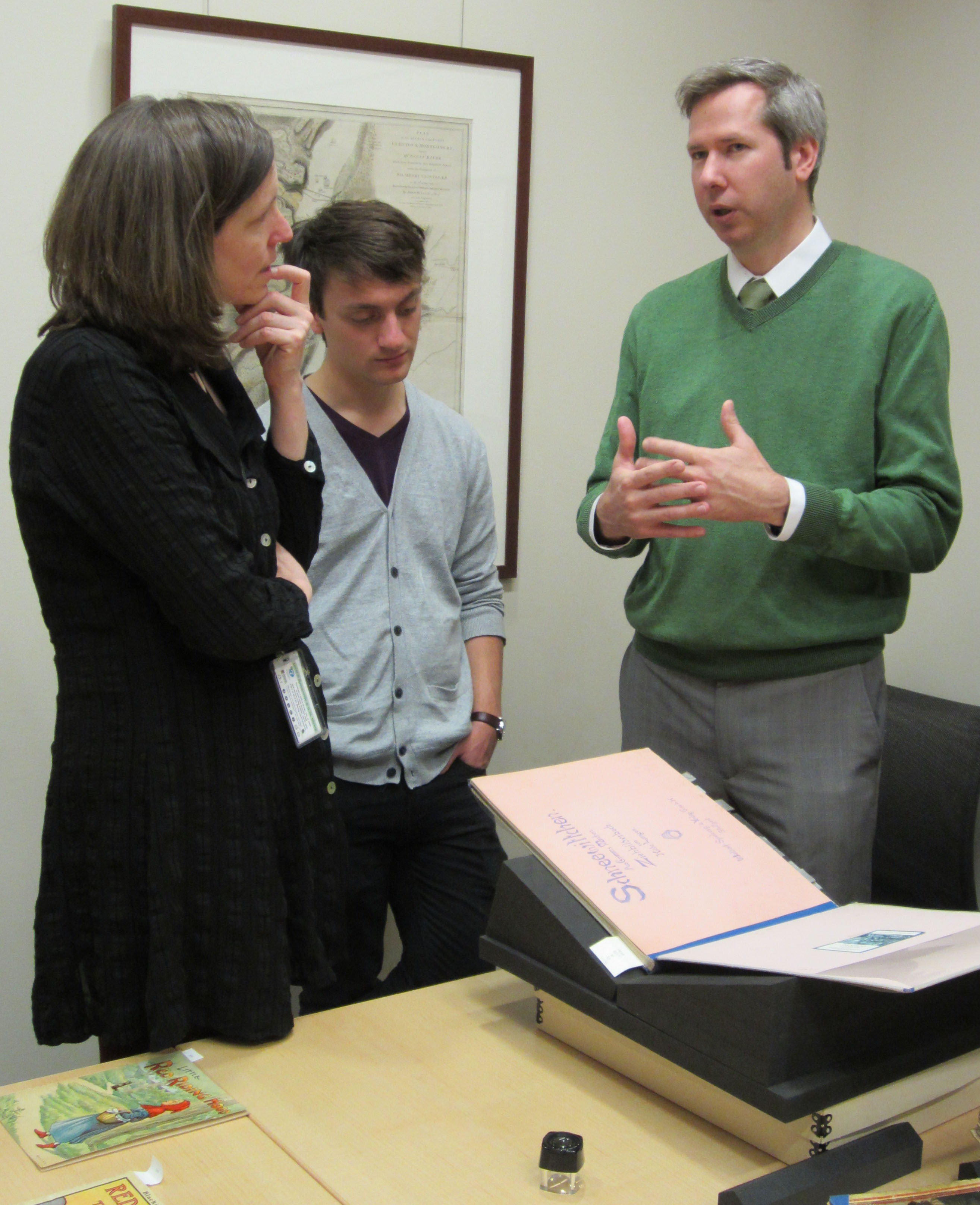
Professor Ilsemann explains the likely origins of this unusual and beautiful moveable book. He noticed that the publisher was associated with the Waldorf School movement, based in Stuttgart, where the book was published. The book’s flowing text and images seem to echo the Waldorf philosophy, which requires that classrooms contain no right angles. Hilde Langen, Schneewittchen (Stuttgart: Waldorf-Spielzeug & Verlad G.m.b.H., 1926). (PZ34 .S358 1926. Henry S. Gordon Fund, 2009/2010. Photograph by Petrina Jackson)
Many of the items we discussed were from Special Collections’s remarkable Little Red Riding Hood Collection, generously donated in 2007 by collector Martha Orr Davenport. The collection comprises approximately 480 books, a hundred pieces of print ephemera, fifty works of art, ten magic lantern slides, and more than a hundred objects, including tableware, figurines, vases, pottery, puppets, recordings, and more.
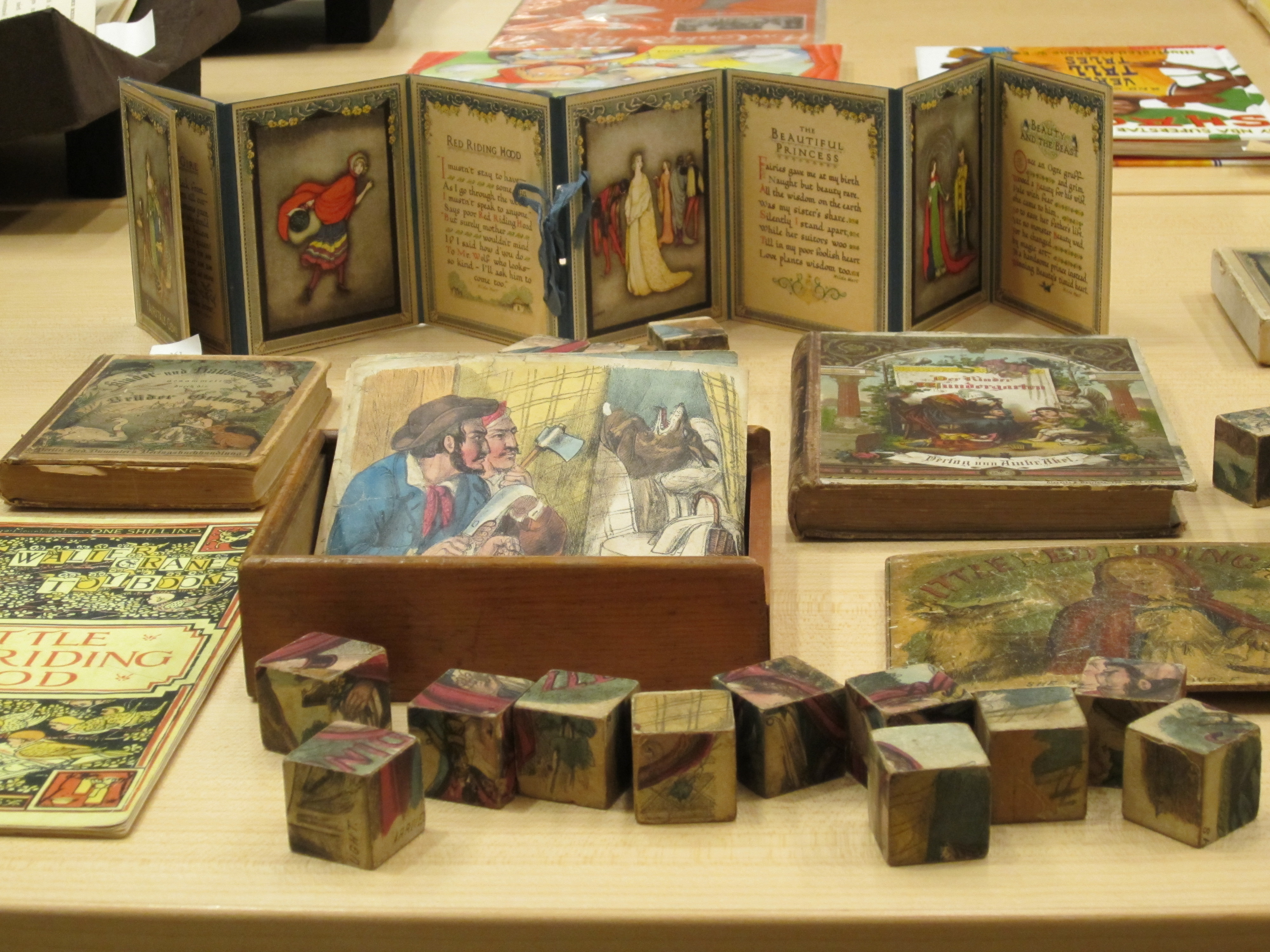
Just a few of the items in our Little Red Riding Hood Collection. (Gift of Martha Orr Davenport. Photograph by Petrina Jackson)
The students also were drawn in by several fabulous pop-up books from the Brenda Foreman Collection of Pop-Up and Moveable Books.

Hansel and Gretel from Harold P. Lentz’s “Pop-Up” Cinderella and Other Tales, 1933. (PZ92 .F6 L46 1933b. Brenda Forman Collection of Pop-Up and Moveable Books. Photograph by Petrina Jackson)
Perhaps a student paper or two about these magical books will be in hand by the semester’s end, inspired by this wonderful introduction!


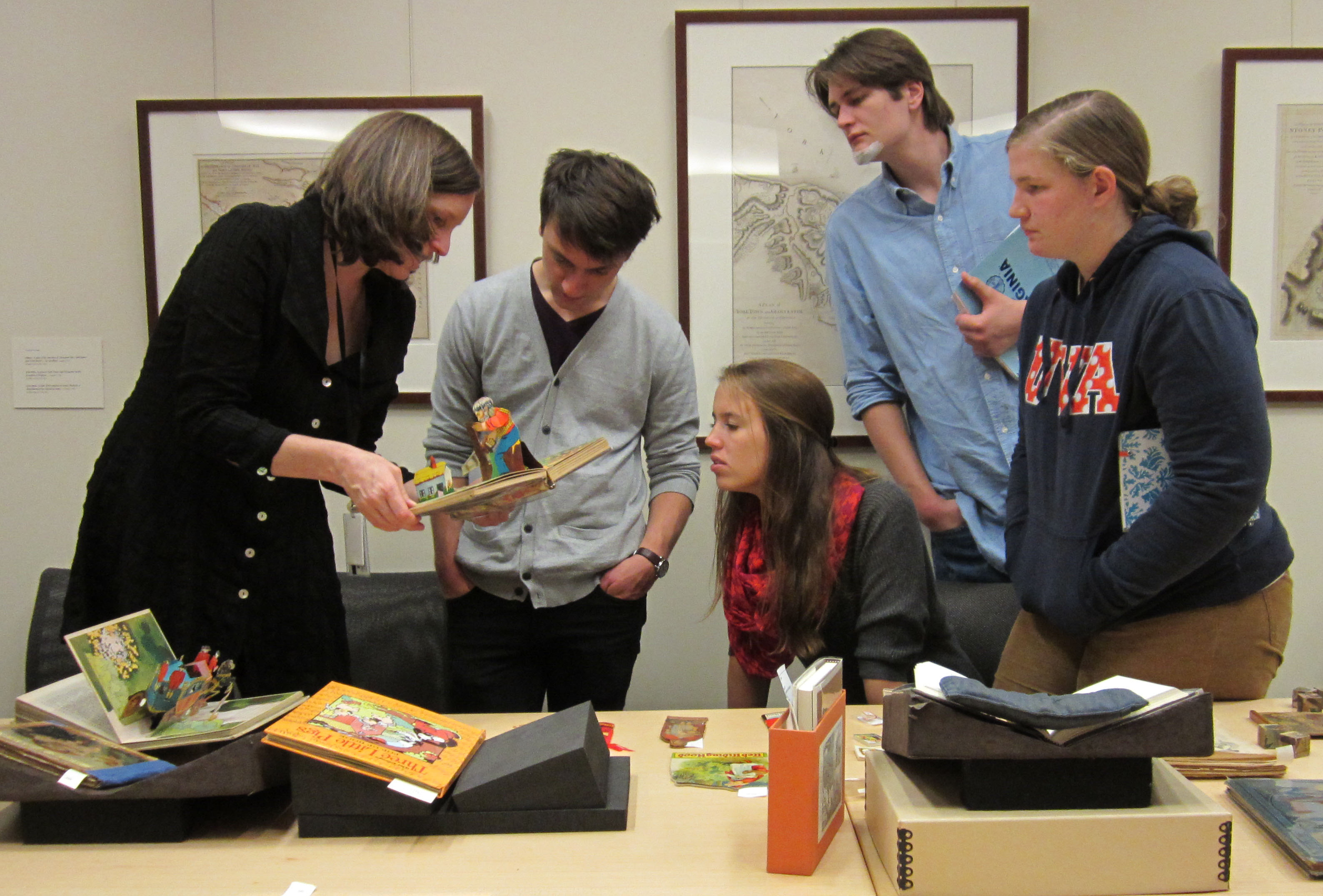

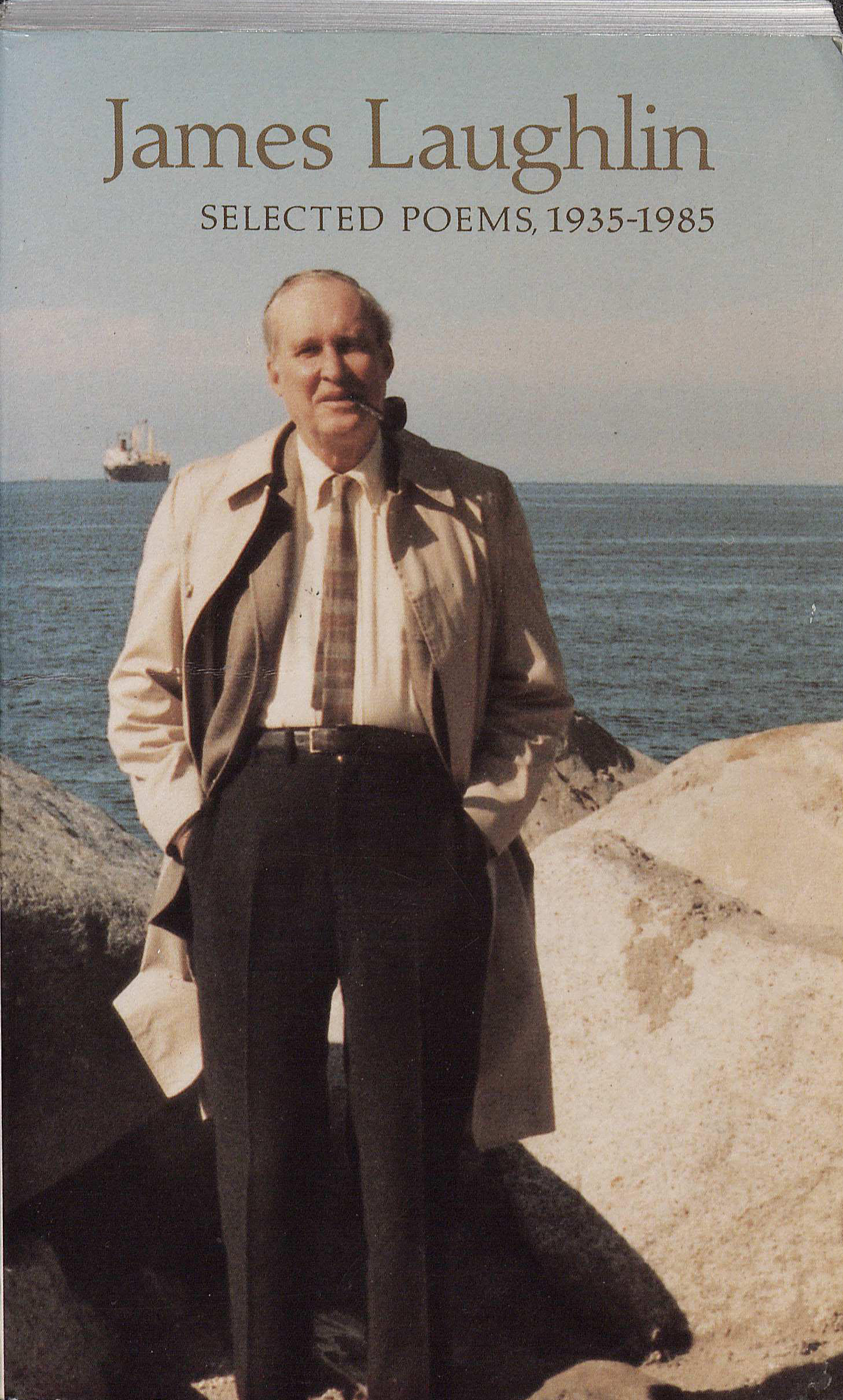
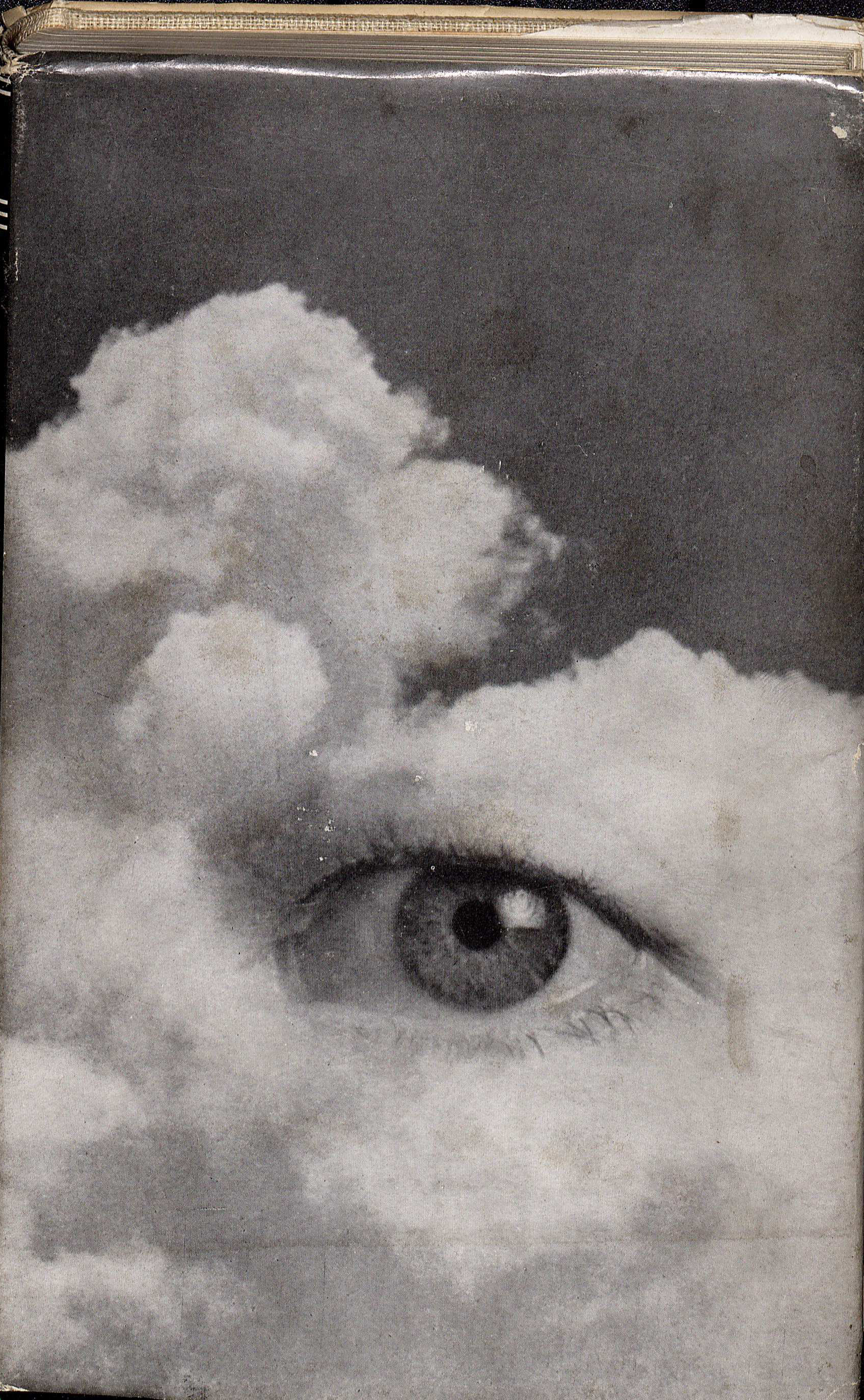
![Clockwise from top left, these Reds Riding Hoods appear in the following books, which are not yet cataloged: "Little Red Riding Hood, (London: Tuck, [1890]); "Les Contes de Perrault" (Paris: Librairie de Theodore Lefevre, n.d.); "Walter Crane's Toy Books: Little Red Riding Hood" ([London]: George Routledge, n.d.); "Rotkappchen" (n.p: n.p., n.d.). [xx(6134166.1). Photograph collage by Molly Schwartzburg]](https://smallnotes.library.virginia.edu/files/2013/09/LRRH.jpg)
![Clockwise from top left, these wolves appear in the following books, which are not yet cataloged: "Rotkappchen" (n.p: n.p., n.d.); "Tales of Passed Times Written for Children by Mr. Perrault and Newly Decorated by John Austen" (London: Selwyn and Bount, 1922); "Little Red Riding Hood, (London: Tuck, [1890]); "Walter Crane's Toy Books: Little Red Riding Hood" ([London]: George Routledge, n.d.).](https://smallnotes.library.virginia.edu/files/2013/09/Wolf.jpg)

